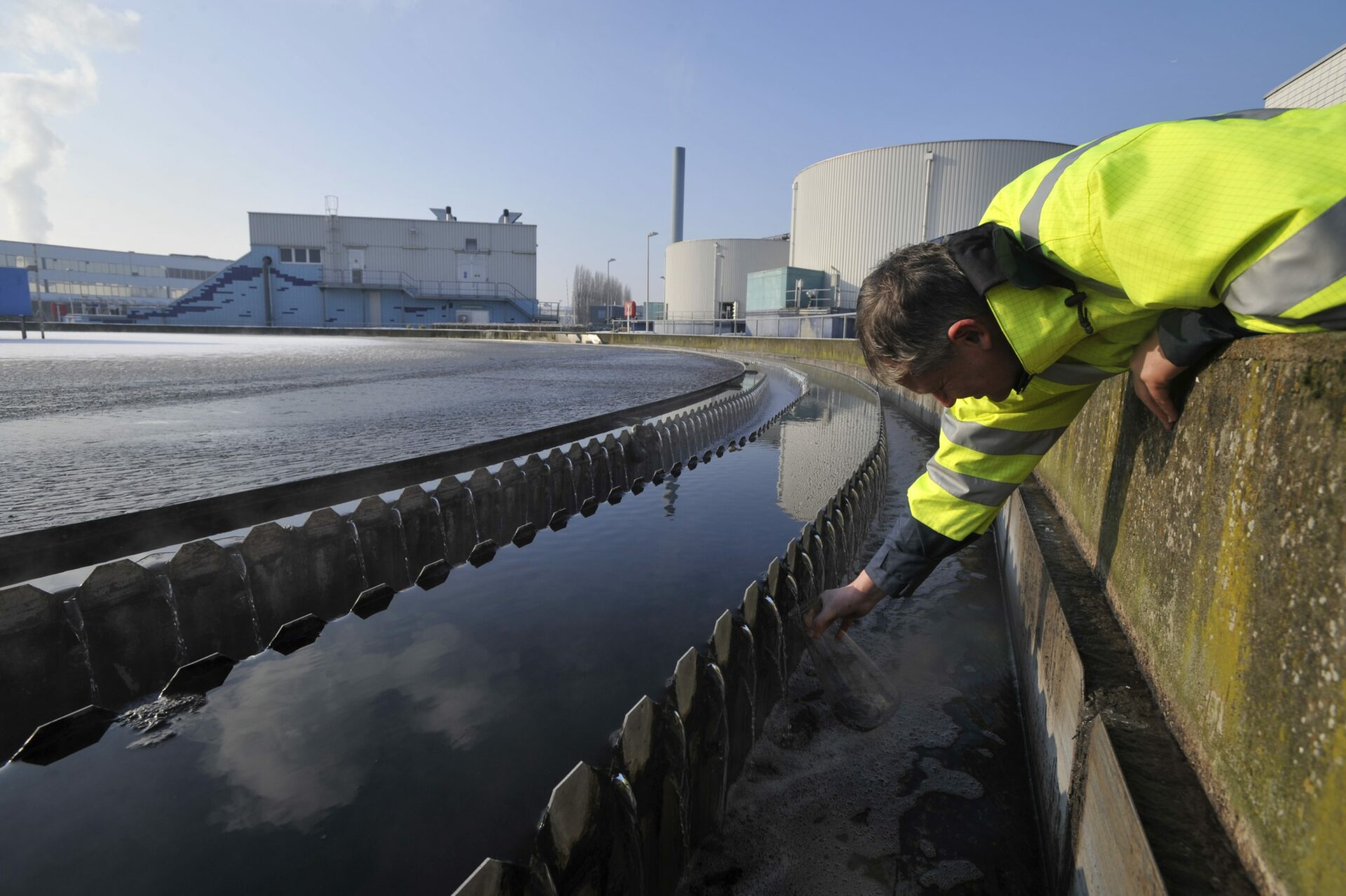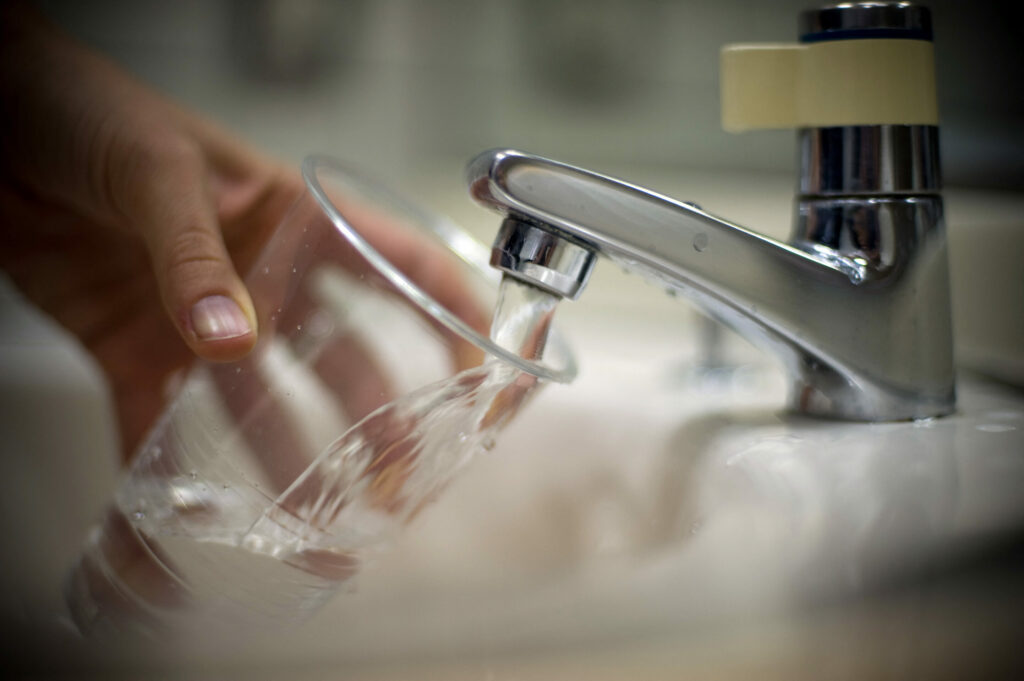Belgian drinking water contains traces of TFA, a persistent chemical which poses "underestimated" health risks such as fertility and child development problems. In Brussels – the only region where concentrations are regularly monitored – high levels have been recorded.
The discovery of the man-made pollutants per- and polyfluoroalkyl substances (PFAS) in drinking water sparked outrage at the end of last year, spurring concerns about how safe Belgian tap water is to drink. Now, the debate of polluted drinking water will likely be reignited as an investigation by the Belgian NGO Nature & Progrès showed it is polluted by another, lesser-known toxic substance: trifluoroacetic acid (TFA), a class of "forever chemical" thought to damage fertility and child development.
"Our findings raise some important questions when it comes to water safety, especially combined with a cocktail of other PFAS," head of advocacy at Nature & Progrès, Virginie Pissoort, told The Brussels Times. She added that the results were "not reassuring".
The pollutant is not new, but has been largely ignored by European public health authorities – with some even presenting it as a harmless chemical. Its effects on public health are therefore largely unknown. "Based on the limited toxicity dataset on TFA, it seems that its known adverse effects (liver toxicity and birth malformation) are being recorded at higher levels than those observed in our analysis," Pissoort said. "Therefore, it is possible that the risks are currently being underestimated."
Lack of data
The presence of TFA was detected in 34 of the 36 European tap water samples (94%) from 11 EU countries and in 12 of the 19 bottled mineral and spring waters (63%). TFA levels ranged from "non-detectable" (fewer than 20 nanograms per litre or ng/L) to 4,100 ng/L. In one of the two Belgian samples, a concentration of 1,100 ng/L was detected, while 320 ng/L was found in the other.
Pissoort noted that researchers anonymised the locations of the samples to "prevent our results from being wrongfully interpreted, making one place seem much more problematic than the other." These differences can be linked to several factors such as the sampling location, but also to the water supply, distribution networks and the time of the sampling. The researchers also felt such a "binary and definite statement" could have a negative impact on the ongoing political discussion for the next government.
The lack of publicly accessible data on TFA in Belgian drinking water exacerbates the problem. At this stage, only Brussels water provider Vivaqua monitors TFA concentrations every month, detecting levels from 500 to 1500 ng/L, but the company does not publish this data with the other analysis on its website.
In Wallonia, a previous report by Nature & Progrès, PAN Europe and other European organisations revealed alarming levels of TFA in rivers, lakes and groundwater. The government has therefore requested the Walloon Distribution Water Company to map out all distribution points in the region.
Denmark and Germany have set limits for TFA in drinking water, but in Belgium or at the European level, there is currently no clear limit on the presence of TFA in drinking water. However, the revision of the directive on water intended for human consumption, adopted by all three regions in Belgium, states a regulatory limit of 500 ng/L from January 2026 for "total PFAS," which should include TFA.

Vivaqua's water purification station in Brussels. Credit: Belga / Eric Vidal
No need for panic
Research has shown that switching to bottled water samples does not guarantee the absence of any contamination, while removing TFA from water is almost impossible. "Using a filter is also not recommended, and carbon filters do not stop this tiny molecule," Pissoort said. "Only reverse osmosis would work, which is expensive."
Water also only accounts for a limited part of TFA intakes, as it can also be found in fruit and vegetables. Pissoort did stress that the panic effect should be avoided at public level, as the eminent Dutch National Institute of Public Health and the Environment, which has studied TFA, confirmed that a maximum value of 2,200 ng/L in drinking water for TFA alone would be acceptable. "Levels of contamination are still mostly below this level."
However, with PFAS pesticides sales increasing, organisations have warned that steps must be taken sooner rather than later. "People must urge decision-makers to push back on chemical pollution," said Pissoort. Organisations have also called for a halt on TFA emissions at the source, which would involve banning PFAS pesticides and fluorinated gases.

